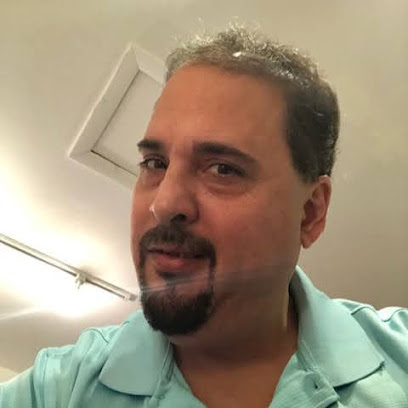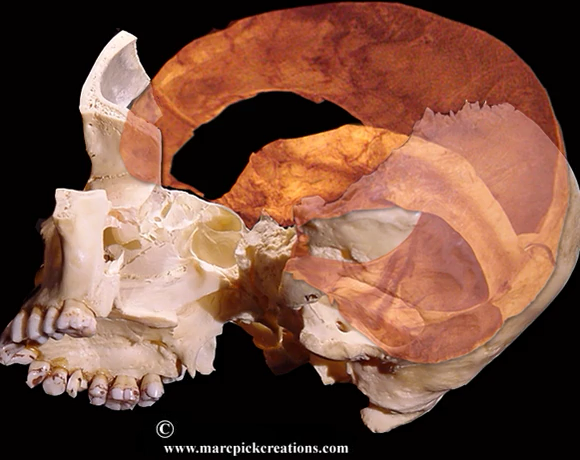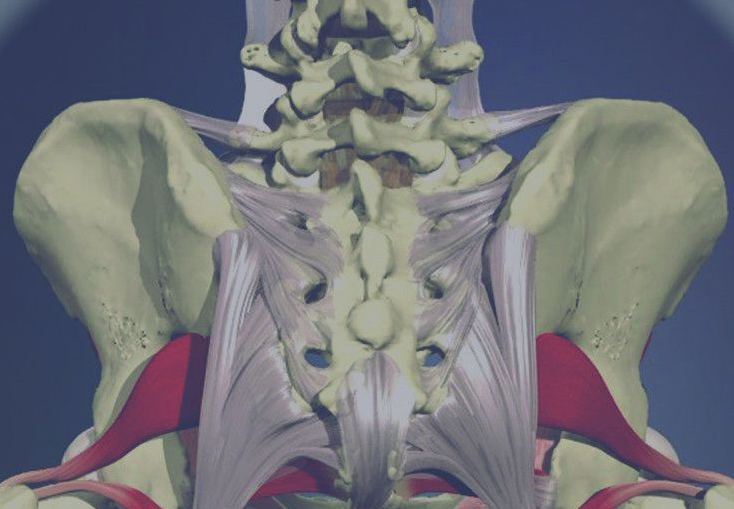
Vagus Nerve Evaluation and Correction Protocols
Master the Vagus Nerve: Evaluation and Correction Protocols for the Chiropractic Practice
The vagus nerve plays a vital role in autonomic nervous system regulation, affecting everything from digestion and immune response to heart rate, mood, and inflammation. Misalignments or tension patterns in the upper cervical spine, cranium, and dural system can interfere with vagal tone—contributing to a host of symptoms in both pediatric and adult populations.
In this on-demand online training, you’ll learn how to identify and correct vagus nerve imbalances using specific chiropractic techniques. This course offers a step-by-step breakdown of the neurological anatomy and physiology of the vagus nerve and outlines the practical, hands-on protocols to address its involvement.
Whether you’re caring for newborns with latching issues, children with gut-brain axis imbalances, or adults experiencing chronic fatigue, digestive disorders, or anxiety-related symptoms—this class will give you the clinical tools you need to confidently assess and support vagus nerve function.
What You’ll Learn
- The anatomical and physiological pathways of the vagus nerve and its impact on systemic health
- How to evaluate for vagus nerve involvement through observable signs and palpation indicators
- Specific adjustment protocols to reduce interference along the vagus nerve pathway, including occipital, cervical, cranial, and soft tissue corrections
- Strategies to restore parasympathetic tone and improve autonomic balance
Resources Provided
- Video class modules
- Evaluation & technique presentations
- Practical demonstrations
- Calls to action (CTAs)
- Complete PDF workbooks
- Full transcriptions of video classes
- Email access to Dr. Rosen & Dr. Watson
Why Take This Course?
- Improve patient outcomes in cases involving digestive issues, immune dysregulation, anxiety, sleep problems, and developmental challenges
- Expand your chiropractic skill set with neurological assessment and correction protocols
- Support whole-body wellness by addressing one of the most powerful regulatory nerves in the body
Who Is This Course For?
Chiropractors who want to:
- Go beyond symptom-based care and dive into neurology-based chiropractic approaches
- Enhance their effectiveness with pediatric, family, and wellness-based practice members
- Gain confidence in assessing and adjusting the vagus nerve safely and effectively
This course is ideal for both beginner and advanced chiropractors looking to sharpen their skills and deliver deeper, more lasting results.
Course Contents
10 Modules | 10 CTAs
Class 1 – Anatomy and Physiology of Vagus
Class 2 – Jugular Foramen
Class 3 – Evaluation and Correction of Vagus Nerve Involvement
Class 4 – CMRT Demonstration
Class 5 – Atlas Dural Meningeal Restriction
Class 6 – Atlas Correction
Class 7 – Temporal and Occipital Corrections
Class 8 – Demonstration on Older Child
Class 9 – Demonstration of Vagus Nerve Evaluation
Class 10 – Review
Meet the Instructors
As early as first quarter in chiropractic school they were attracted to each other’s commitment to chiropractic and the pursuit of excellence. Their combined 80 years of personal and clinical and teaching experience, in delivering the chiropractic adjustment is unparalleled in the chiropractic profession. Their international outreach through teaching, writing and lecturing has been a driving force in their personal and professional careers since their first seminar taught together as students, in 1979.
Their years of experience have taught them what works and what does not work to create a successful practice and lifestyle. The more competent and comprehensive your expertise you will find that more patients will seek your services and your practice will grow exponentially.









